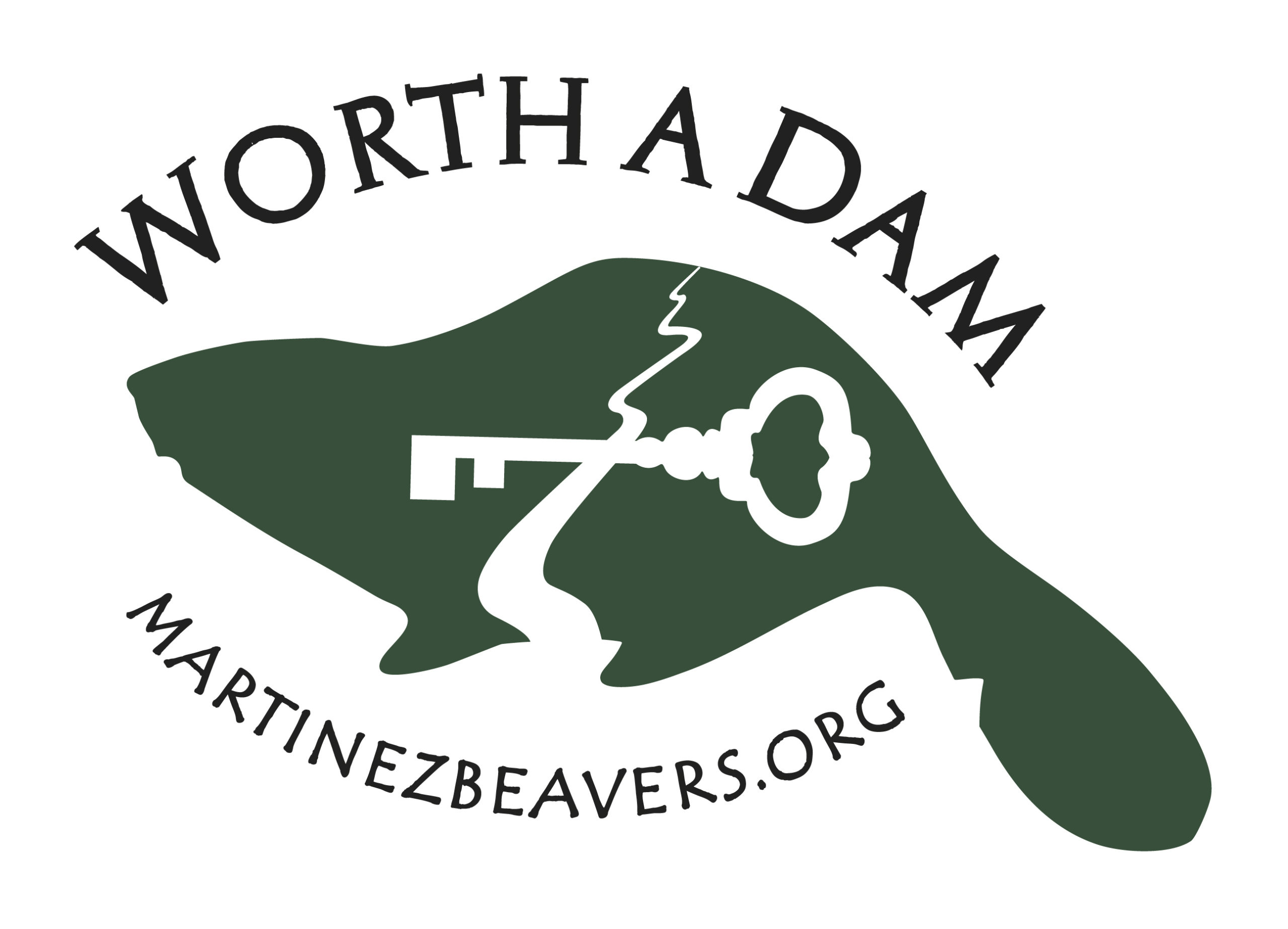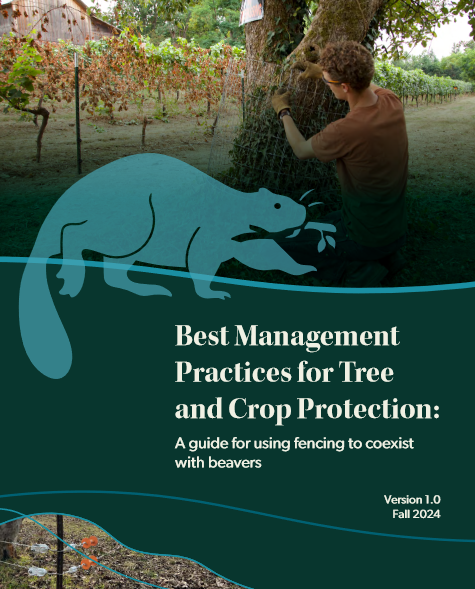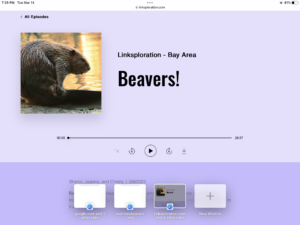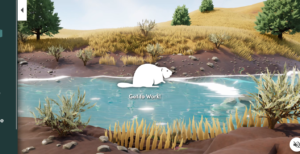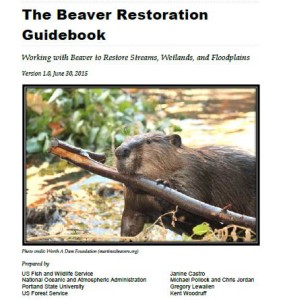You live your life.
You take out the trash and fill up the bird feeders. You save a few beavers here and there you crack a joke or two and you wonderwhat of all the pocket lint worth of things you have done in your life will really make a difference.
Is one cleverly named nonprofit really worth a hill of beans in this crazy world?
Are Beavers Good or Bad for Trout Streams?
The broader lesson remains largely unlearned. A case in point is the inability of most Americans to accept the realities of beaver overpopulation.
The causes of ecological damage by overpopulated deer and beavers are identical.Wolves, the major predators of both species, have been extirpated or severely reduced in most deer and beaver range. And clear-cutting has replaced natural old- growth habitat with deer and beaver candy such as aspen and willow.
Beavers in natural abundance are good for native ecosystems, salmonids included. In much of the Pacific Northwest, beavers are depleted, and managers are rightly attempting recovery.
Such assertions are accurate in much of the West, at least where there are cold,high-gradient streams. But when cited as evidence that all beavers everywhere in all quantities are great for all species, they’re flat wrong. Do a Google search for “beavers and trout,” and once you get past the excoriations of fisheries managers who attempt to control a few gross beaver irruptions, all you’ll find are effusions about how beavers fix whatever ails the earth.
Where to even start,Ted. Where to even start.
First can you show me the population data from the 1600’s your basing your assertion on that beavers in Wisconsin are now “overpopulated”? I mean obviously you’ve thought long and hard about this issue so you must have hard numbers about how many beavers and cottonwood used to line the streams. Otherwise how would an educated man like you know there are more now?
As in other states, the beaver overpopulation in Massachusetts resulted from wolf extirpation and human-caused habitat manipulation. Trapping merely kept it somewhat in check.
Now, in what were some of my favorite trout streams where I used to stand on clean gravel catching wild brookies, I slog through scat-festooned silt, catching
fallfish or nothing.
See there’s more silt. That’s because there are too many beavers. Beaver dams make silt. Ted knows this. They also stop and trap silt. Maybe there aren’t enough beaver dams. Did you think about that?
But beaver blight in the East is mild compared to that in the Midwest. Angler/photographer Len Harris of Richland Center, Wisconsin describes the pre-hangover high that comes with the discovery of a new beaver pond:
“It’s smile-producing at first because of bigger trout. But the flooding cycle cleans out that dam and all the barren bank. The streams widen and increase in temperature. . . . My home waters have warmed by at least four degrees in the last twenty years. This is from a combination of beavers not being kept in check and climate change.
Wisconsin DNR is not sure how to stop climate change. It’s really hard and people get mad at you. But they know for sure how to kill beavers. So its been paying USDA to blow up beaver dams for years.
Never enough though. You can never blow up enough.
Hey I’m just spit-balling here, but could all these explosives possibly affect silt in streams? Or maybe harm the invertebrates those happy trout would be feasting on if it weren’t for those dammed beavers, No. Of course not. Silly question.
Trapping beavers is the answer. The question is irrelevant.
Citing accurate but irrelevant beaver data from the Pacific Northwest, opponents of beaver control savage Midwest fisheries biologists and especially Wildlife Services which, because of its predator control, they perceive as a surface extension of the underworld.
Non-anglers rarely encounter fish. Fish are cold, slimy, unheard, unfeathered and unfurred. So, for much of the public, including an element of the environmental community, fish don’t count as wildlife. This is why opponents of beaver control invariably proclaim that restoring brook trout, a species threatened in fact if not by federal decree, is solely to sate angler appetites.
Among the loudest and most ecologically challenged decriers of trout recovery via limited control of grossly overpopulated beavers is an outfit called Worth a Dam. It’s based in California where beavers are generally not overpopulated and where, because of the many cold, high-gradient streams, they do more good than harm.
One of the group’s nameless non-anglers posts as follows, scolding me for an old op-ed:“Maybe you could spend five minutes in an actual trout stream with an actual beaver dam. Or hey, maybe snorkel in it and see all the baby trout swimming
around?” And this brazen untruth: “The Wisconsin DNR studies have shown that beaver dams do not inhibit trout movement and they do not negatively effect [sic] watershed stream temperatures.”
Oh you sweet little flatterer you, Here I was feeling unimportant earlier this week and calling myself an outdated “beaver boomer” with crazy old-fashioned ideas that people disliked them and here you are standing there in your silty stream making me feel so special!
From the bottom of my beaver lovin’ heart, thank you, Ted.
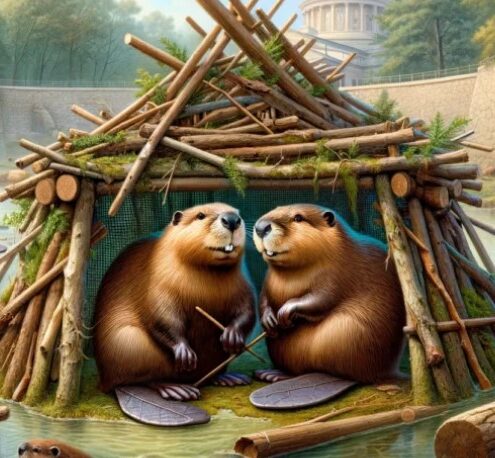 And maybe since you are commenting over and over about how beavers are good for salmon in weird California because of our high gradient streams that naturally blow out those destructive dams, maybe you could spend some time on the research about beavers in coastal water making such a difference to salmon. Because. it’s weird, those streams are pretty low gradient. And and doggone if beavers aren’t great for those fish too,
And maybe since you are commenting over and over about how beavers are good for salmon in weird California because of our high gradient streams that naturally blow out those destructive dams, maybe you could spend some time on the research about beavers in coastal water making such a difference to salmon. Because. it’s weird, those streams are pretty low gradient. And and doggone if beavers aren’t great for those fish too,
Beavers are like red wine. Because one glass a day may be heart-healthy, one should not conclude that 40 glasses a day are 40 times better, or better at all. Wildlife advocates need to keep two different thoughts about beavers in their brains imultaneously: 1. Beavers in natural abundance are good for coldwater species.
2. Unnatural proliferation of beavers caused by human activity kills coldwater species.
Wait. I’m not sure you said what these small numbers of beavers can do that actually helps coldwater species?
Oh and you still forgot to state the other thing, HOW DO YOU KNOW THE POPULATION OF BEAVERS HAS INCREASED?
I know what he’ll say. “There are more beavers now than when I was a child. Or when my grandfather was a child” A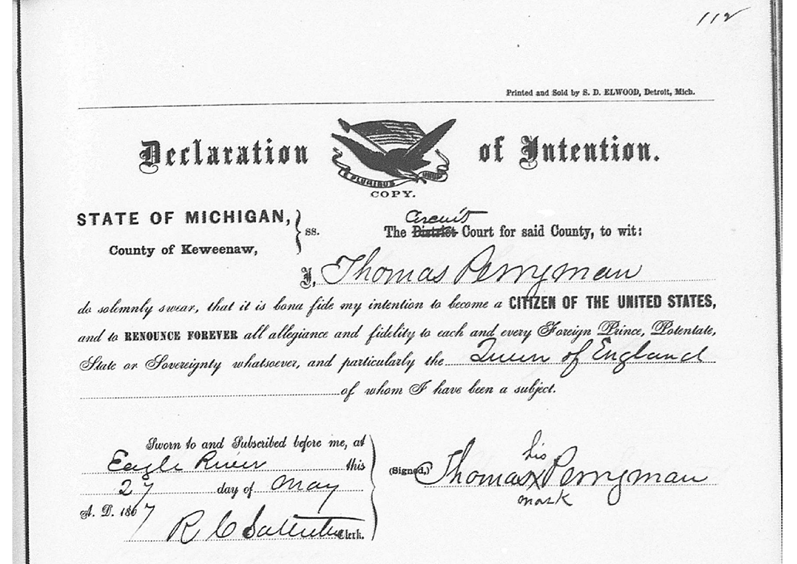 nd that might be true. My great grandfather was a tin miner from Cornwall who signed his declaration of intent to become a citizen in 1867 at the very top of Wisconsin which for some reason is actually Michigan. I’m sure there were less beavers when he was there.
nd that might be true. My great grandfather was a tin miner from Cornwall who signed his declaration of intent to become a citizen in 1867 at the very top of Wisconsin which for some reason is actually Michigan. I’m sure there were less beavers when he was there.
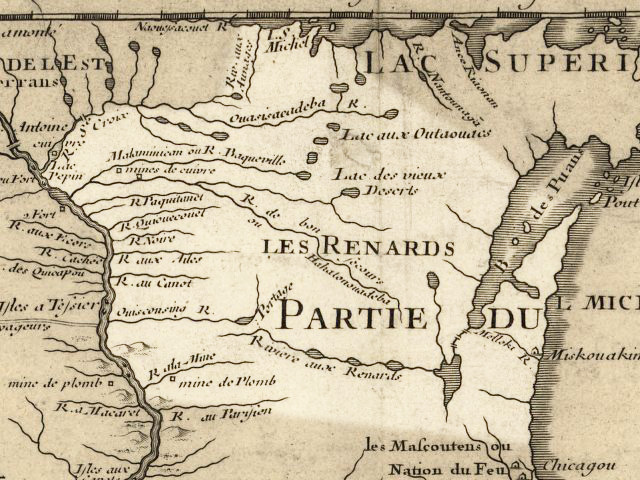 Of course the fur trade that hit Wisconsin came before that. I mean the French Voyageurs in “Ouisconsin” came down with their canoes looking for beaver in the late 1600’ss and they trapped so many they started the first trade war in the americas so obviously his very reliable population data must be from before those days.
Of course the fur trade that hit Wisconsin came before that. I mean the French Voyageurs in “Ouisconsin” came down with their canoes looking for beaver in the late 1600’ss and they trapped so many they started the first trade war in the americas so obviously his very reliable population data must be from before those days.
The 1500’s? I can’t wait to see beaver population data from the 1500s. I’ll say nothing while you go get it. Gosh. That’s pretty impressive.
Wait what?
There’s no beaver population data from before the fur trade? That’s so weird. You sound so certain of your facts, You must have a head count. Or a Cottonwood count. Or a rough estimate of the numbers of beavers that existed in Ouisconsin before it was settled.
It’s unlikely that managers will ever be able to restore more than a tiny fraction of trout streams destroyed by overpopulated beavers. But as Leopold wrote in a 1946 letter to his friend Bill Vogt: “That [a] situation appears hopeless should not prevent us from doing our best.”
Ahh Ted,
You see how this works. You start with a premise that is dearly held. Like “There are too many beavers” And you feed every single fact you come across through that meat grinder of belief and look what comes out the other side! Too much silt caused by too many beavers! Too many noxious invasive plants caused by too many beavers! Streams too warm because there are – say it with me here – TOO MANY BEAVERS!
See how well it works? No wonder Ted uses it so faithfully every single time. I can’t wait to see what he writes about me next.
